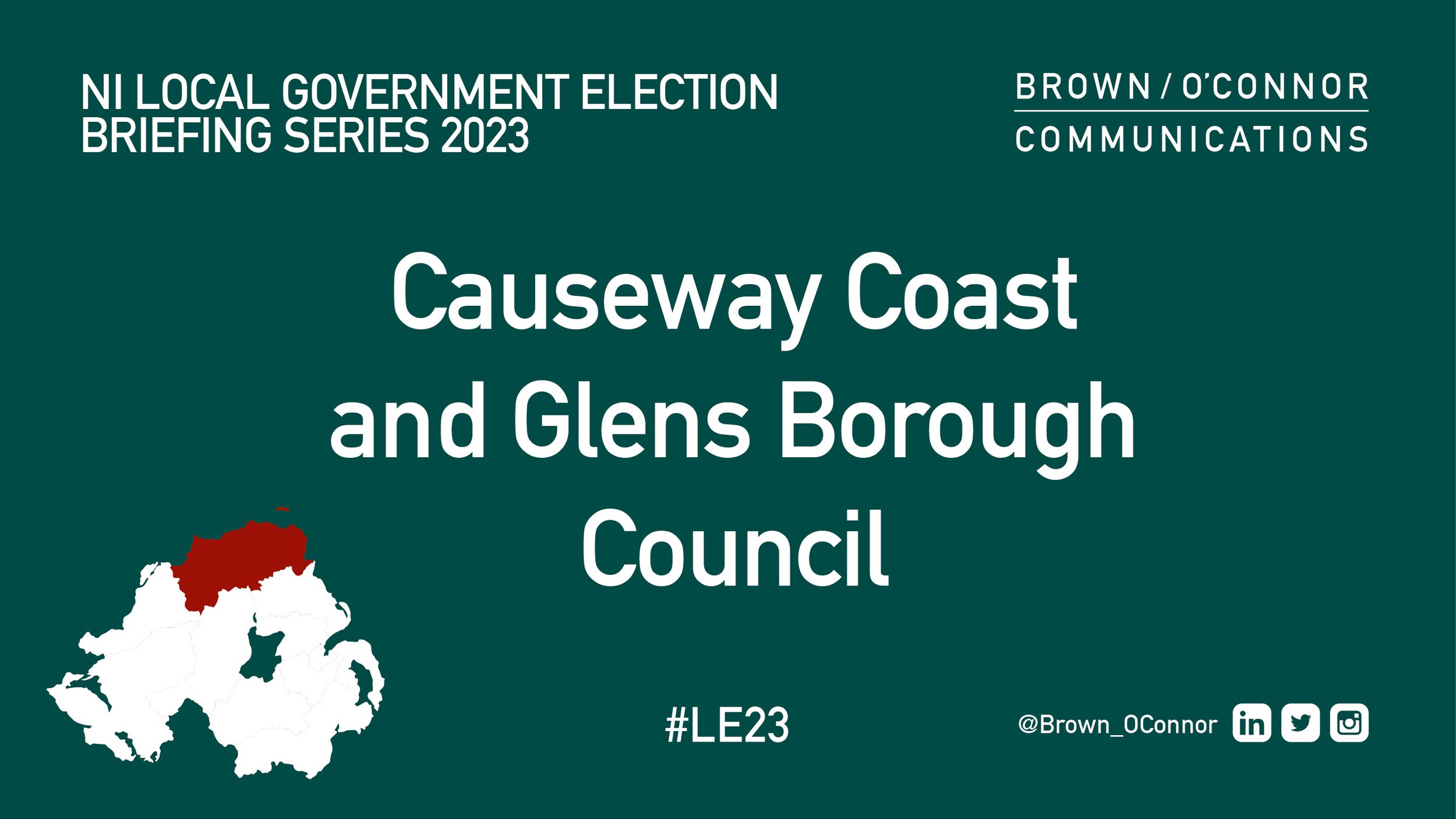KEY POINTS
The council chamber has a majority of Unionist councillors
The only council outside of Belfast to elect a PUP councillor
A rare region where both the DUP and Sinn Féin improved their vote share and their seat tally in 2019
ABOUT THE COUNCIL AREA
This sprawling council stretches all the way from Greysteel in the west to the Glens of Antrim and Rathlin in the east. The new Causeway Coast and Glens District Council merged together four predecessor Councils: Moyle District Council and the borough councils of Ballymoney, Coleraine and Limavady. It’s the second largest council by geographic area, and the second least densely populated (72 people per square kilometre) and has the third fewest electorate (according to the April register).
PREVIOUS ELECTION
DUP increased their vote share by 3.4 percentage points and added three to their seat tally in 2019
Sinn Féin increased their vote share by 2.3 percentage points and gained two seats
Progressive Unionist Party retained their single seat on the council and doubled their vote
UUP’s share of the vote dropped and they lost three seats
TUV performance halved at the ballot box and the party lost all three councillors
Every woman on the ballot paper for Ballymoney, Limavady and The Glens DEAs was elected in 2019
SINCE 2019
Five councillors left their parties and remained on council as independents: William McCandless (formerly UUP), Stephanie Quigley (SDLP), Angela Mulhooland (SDLP), James Corkell (DUP) and Adrian McQuillan (DUP)
Alan Robinson was elected to the Northern Ireland Assembly in May 2022
A Sinn Féin councillor was expelled from the party and replaced
Popular independent councillor (Ambrose Laverty) who topped the poll in May 2019 resigned and was replaced
Former minister and MLA Mervyn Storey (DUP) joined the council last summer after the death of the John Finlay
COMMENTARY
Politically Causeway Coast and Glens bucked the overall trend at the last election: the only council with a swing towards the DUP and Sinn Féin both in terms of vote share and seats won. The protest vote that was felt in other places was absent in this council area.
The big losers in 2019 were the TUV who suffered a collapse in their vote (dropping from 10.4% to 4.3%) and lost all three of their council seats. Despite this being an area of continued TUV support in subsequent elections, the party is only running four candidates across the seven DEAs. A two-percentage point drop in share resulted in the UUP netting just seven seats at the last election, a reduction of three.
The SDLP’s vote share also dropped in 2019. Defending six seats in 2019, the party successfully ran six candidates. However, three were the last to be elected in their DEA and squeezed in with fewer than 160 votes. Only two candidates from 2019 is running again for the party at this election with two former SDLP councillors having left the party during the council term. (One is standing for re-election as an independent.) Any swing away from the SDLP in this election will result in a sharp loss of seats for the party and may - due to the electoral mechanics in the DEAs - benefit unionist rather than other nationalist candidates.
Alliance also did well in 2019 and are targeting gains. They currently have two councillors, although sitting councillor Chris McCaw (who nearly won an Assembly seat in 2022) is standing down. A small swing would make Alliance competitive in Ballymoney and Limavady DEAs and perhaps pick up a second seat in Causeway.
Causeway Coast and Glens is the PUP’s best performing council area in terms of vote share. Russell Watton topped the poll in Coleraine DEA in 2014 and 2019 and may well be the party’s only councillor elected at this election.
Bann DEA has 12 candidates chasing just five seats (up from 10 in 2019) which will make this a very slow count.

